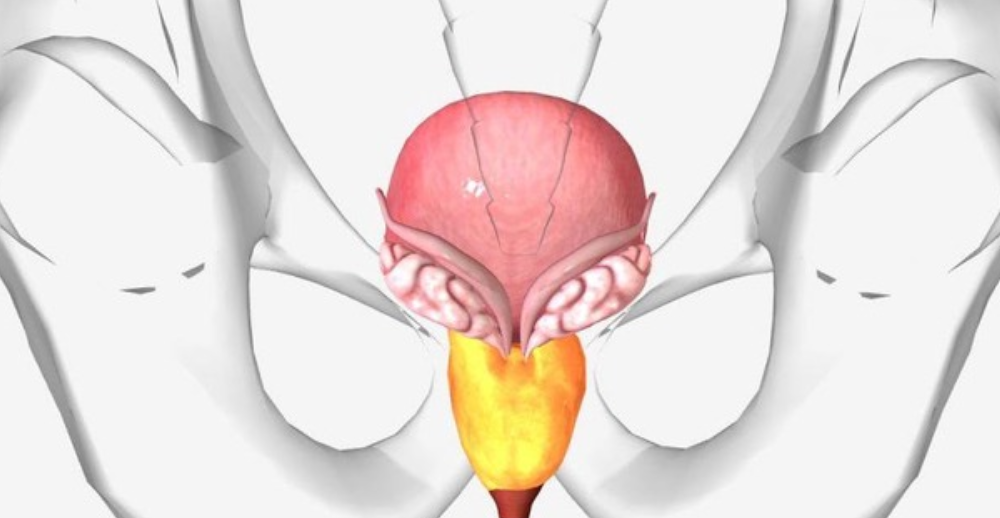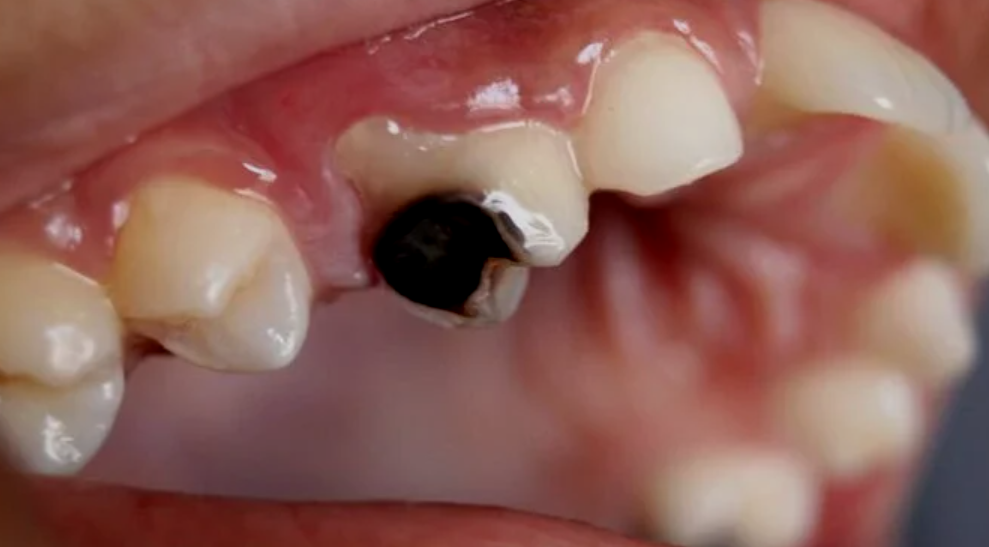IVF is an incredible advancement in medical science.
This complex medical procedure can seem overwhelming, but when broken down into its five main steps, it becomes more understandable.
IVF is a type of assisted reproductive technology that involves combining eggs and sperm outside the body in a laboratory setting. Individuals and couples choose it for various reasons, including but not limited to, blocked or damaged fallopian tubes, male infertility, or difficulties with ovulation
Understanding the ins and outs of IVF can empower hopeful parents by illuminating the path to potential parenthood.
The first step in the IVF process is ovarian stimulation. It involves taking medication to encourage the ovaries to produce multiple eggs. Normally, a woman releases one egg per month, but IVF aims for more to increase the chances of successful fertilisation. Doctors closely monitor this process through blood tests and ultrasound scans to ensure the ovaries are responding well and to determine the best time for egg retrieval.
Once the eggs are ready, they are collected through a minor surgical procedure known as egg retrieval. This procedure is done under sedation or anaesthesia to ensure comfort. A thin needle is inserted through the vagina into the ovaries to gently suction the eggs out. It sounds more daunting than it is, and most people feel fine after a day or so of rest.
The next step is fertilisation, where the collected eggs are mixed with sperm in a laboratory dish. Sometimes, if there are concerns about sperm quality or previous fertilisation attempts have failed, a single sperm may be injected directly into an egg, a method known as Intracytoplasmic Sperm Injection (ICSI). The goal is for the sperm to fertilise the eggs, creating embryos.
After fertilisation, the embryos are allowed to grow in a controlled environment for several days. Typically, embryos are cultured for about 5 to 6 days until they reach the blastocyst stage, which is when they’re most ready for implantation. During this time, embryologists monitor their development to select the healthiest ones for transfer.
The final step is the embryo transfer, where one or more selected embryos are placed into the woman’s uterus. This procedure is simpler than egg retrieval and is done while the patient is awake, using a thin tube that passes through the cervix. After the transfer, one waits and hopes for the embryo to implant in the uterine lining and begin to grow. About two weeks after the transfer, a pregnancy test is taken to confirm if the IVF has been successful.
IVF success rates vary depending on various factors, including age and the reason for infertility. Not every cycle leads to pregnancy, and some may need multiple attempts. It’s a journey that requires patience, resilience, and hope.
Embarking on an IVF journey can be emotionally challenging. It’s a mix of hope, anticipation, and the fear of disappointment. Support from loved ones, counselling, and joining support groups can be incredibly helpful during this time.
IVF is an incredible advancement in medical science, offering a chance at parenthood to those who might otherwise not have one. Each step of the process, from ovarian stimulation to embryo transfer, is meticulously designed to increase the likelihood of a successful pregnancy.
IVF journeys are unique, and what works for one person might not work for another. Consulting with a fertility specialist is crucial to get personalised advice and support tailored to your specific situation.







